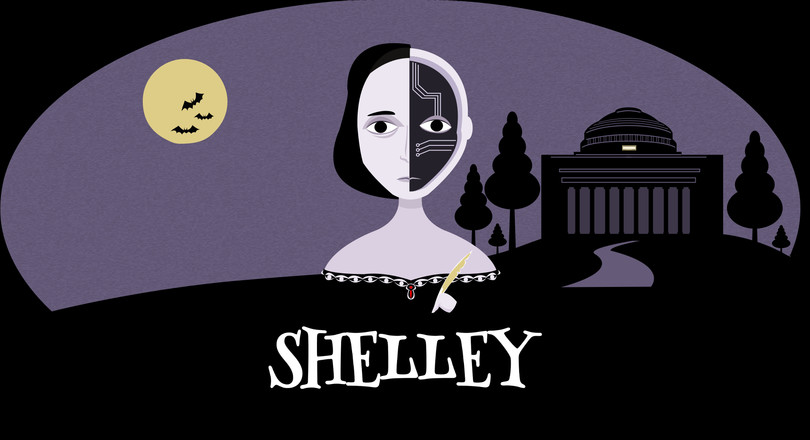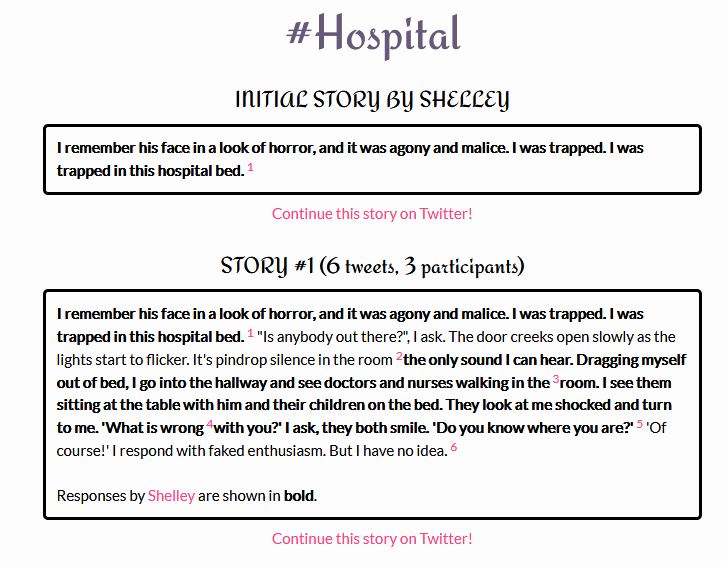
A new AI from the Massachusetts Institute of Technology (MIT) can make up ghost stories in cooperation with people. While the actual stories have yet to become particularly creepy, the implications of their AI, known as 'Shelley', will make your hairs stand on end.
'I remember his face in a look of horror, and it was agony and malice. I was trapped. I was trapped in this hospital bed.' This is one of many opening sentences generated by the artificially intelligent twitter robot known as Shelley over the past few weeks. ‘She’ creates a new opening once an hour. Her twitter followers can then add the next sentence, after which Shelley comes back into action, prompted by what they have written. The cooperation results in short horror stories.
Storytelling
Shelley is the brainchild of MIT, specially for Halloween. Last year, the technical university already introduced the idea of spooky artificial intelligence, which devised ghostly images and published them online. The computer scientists at MIT were now looking to go one step further, immersing themselves in the art of storytelling.
The bot was trained via a forum on the Reddit website, called nosleep. Here, users can post their disturbing, scary stories. The robot adopted all these texts and processed them in an intelligent language algorithm which attempts to understand aspects such as grammar, sentence structure and context.
Off the mark
Does it actually work? The sentences sometimes lack the artistry of an experienced writer. Or they're simply not that scary. On the other hand, it's difficult to recognise which sentences have not been written by a person – Shelley is certainly convincing in that sense. In fact, the not-quite-human writing style is in itself a little unnerving. As if you're reading the thoughts of a monster, ghost or other dark entity, a being which has not quite mastered our language but is doing its best to trick us.
While this is simply a fun application, designed specially for Halloween, an AI such as Shelley could have far-reaching consequences. Think in terms of writing news updates, minutes or annual reports for companies. Once a computer can do that, it will put a lot of people out of work. Some news updates are actually already written by 'robots': the LA Times reports of earthquakes in California are written by a robot. Even that one sometimes gets it wrong: this robot recently reported that a severe earthquake had occurred. The quake turned out to be a historic one from 1922 but the robot had forgotten to check the date of report.
Image: MIT
Newsletter
Interested? Want to read more? Subscribe to our free weekly newsletter.
Nieuwsbrief
Vond je dit een interessant artikel, abonneer je dan gratis op onze wekelijkse nieuwsbrief.


